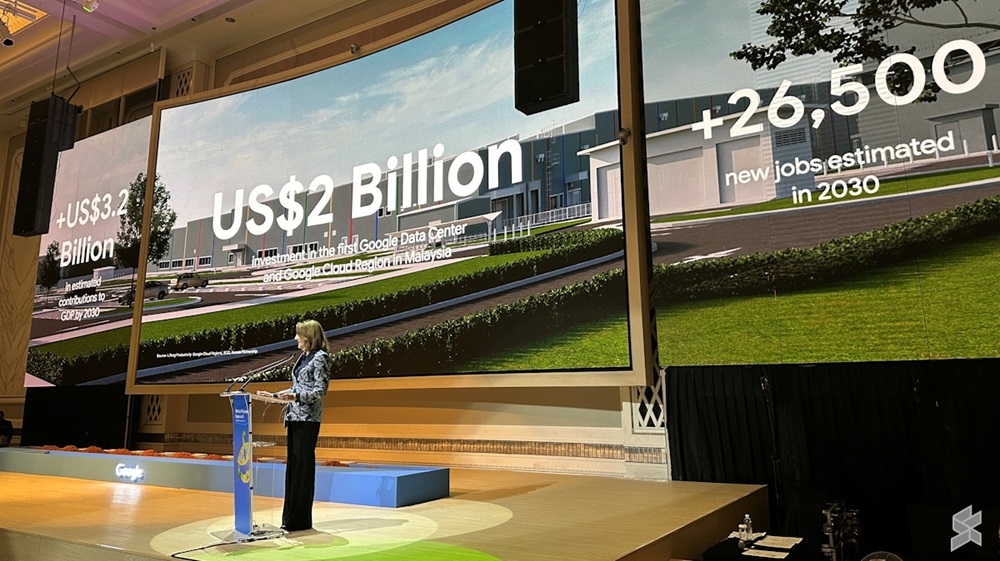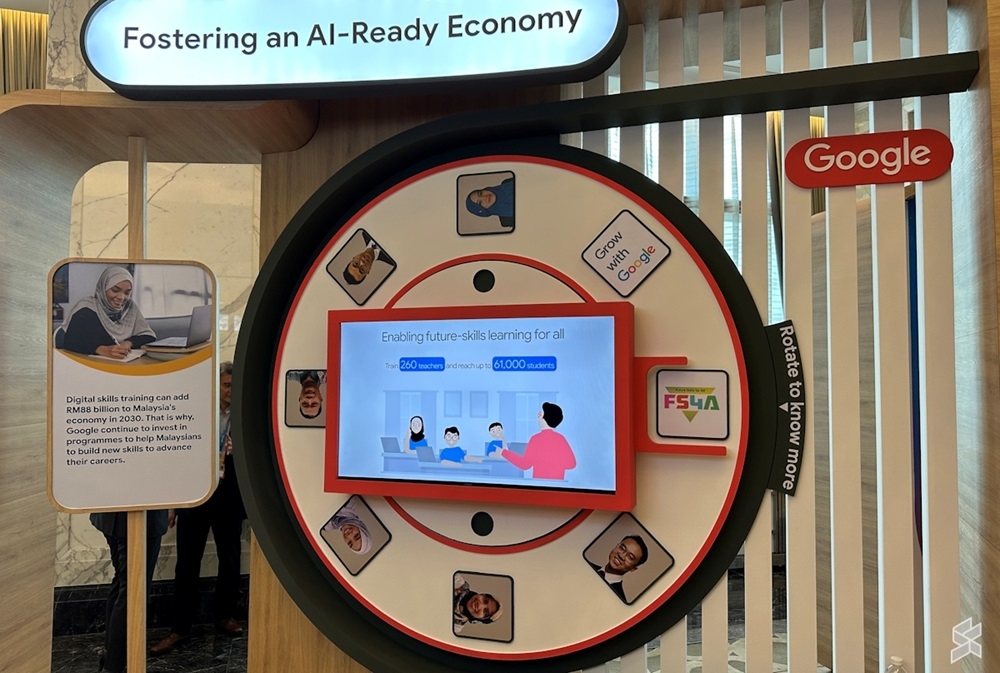KUALA LUMPUR, Oct 2 — Google’s first data centre in Malaysia has finally received its groundbreaking ceremony today. Led by Prime Minister Anwar Ibrahim together with the President and Chief Investment Officer of Alphabet and Google, Ruth Porat, the ceremony took place almost five months after the tech giant revealed its plan to build a data centre in Malaysia.

Many details regarding Google’s Elmina data centre are still unknown
Involving an investment of US$2 billion (~RM8.31 billion), Google’s first data centre in Malaysia is located at Elmina Business Park in Sungai Buloh. The company estimated that the new facility will contribute USD3.2 billion (~RM13.34 billion) to the country’s gross domestic product (GDP) and 26,500 jobs by 20230.
Aside from the investment figures and location, other details regarding the data centre are relatively unknown. This includes the data centre’s capability and capacity as well as the list of services that will be available there.
Google previously said that the data centre would be powering its popular services such as Search, Maps, and Workspace as well as artificial intelligence. We do know that the establishment of the data centre will also turn Malaysia into one of its Google Cloud regions.
This will allow local enterprises, startups, and public sector organisations to run their Google Cloud workload at low latency. Aside from that, it can also address their specific data storage requirements.
The only new detail that we have learned today is the fact that Google’s new data centre at Elmina will be using water-cooling technology which uses 10 per cent less energy when compared to air-cooling systems. In addition to the energy savings, the technology also resulted in 10 per cent less carbon emissions.

Google launches more initiatives for Malaysia
Google has taken the opportunity to announce several new initiatives during the groundbreaking ceremony today. One of them is the plan to restore the Taman Aman Lake in Seksyen 22 Petaling Jaya as part of its water stewardship programme.
The Taman Aman Lake restoration project will be implemented in collaboration with the Global Environment Centre and Petaling Jaya City Council (MBPJ). Once again, the company did not reveal much details about the project but the general aim is to improve water quality and biodiversity of the lake while promoting sustainable waste management.
On the education front, Google has also become the latest partner of Future Skills For All (FS4A). Originally launched in 2017, the long-running computer science awareness and literacy initiative is a collaboration between UNICEF, CelcomDigi, the Ministry of Education, Malaysia Digital Economy Corporation (MDEC), and Arus Academy.
The programme currently offers five topics that target students from Standard 5 to Form 5. For starters, Google is planning to have 260 teachers obtain digital skills via FS4A which would allow them to coach up to 61,000 students in Selangor.
Last but not least, the company has also announced the availability of Solar API in Malaysia which has since been adopted by the Malaysian Green Technology and Climate Change Corporation (MGTC). Through AI and satellite imagery, organisations and solar companies can take advantage of the service to help them accelerate the design process and implementation of their rooftop solar energy systems. — SoyaCincau






















